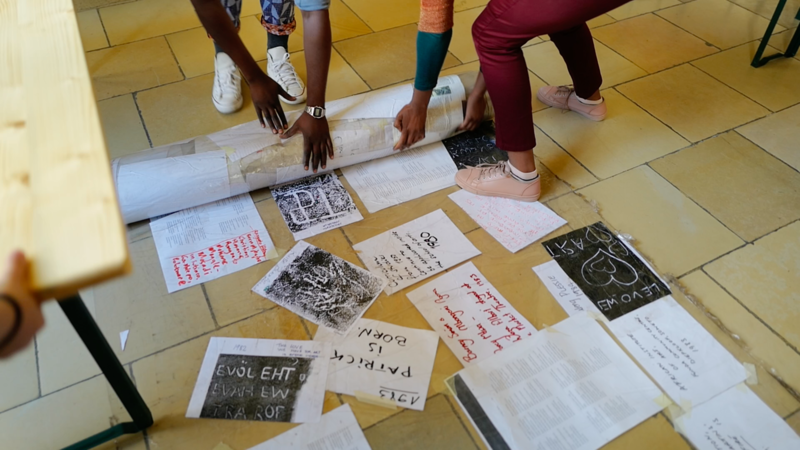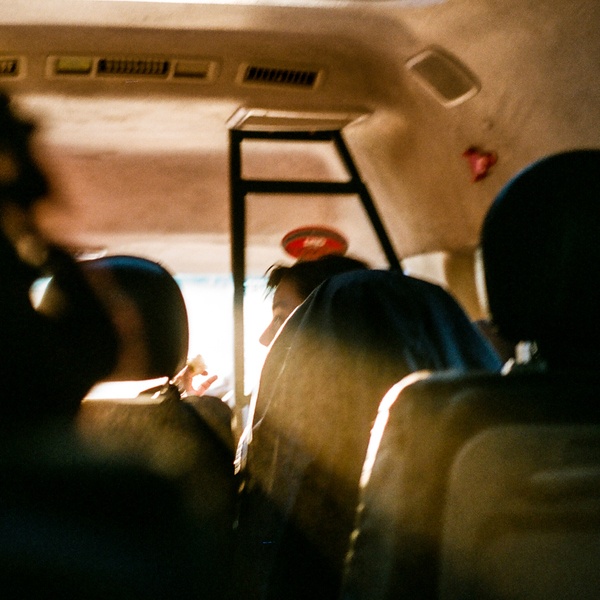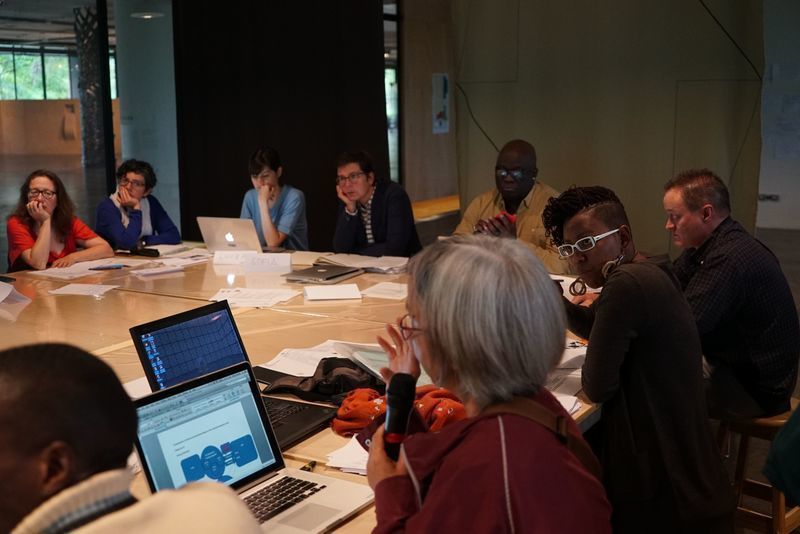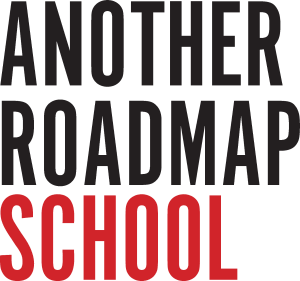


INTERTWINING HI/STORIES was a Cluster project by partners in the network «Another Roadmap for Arts Education» in Maseru, Johannesburg, Hong Kong, Lubumbashi, Nyanza, Vienna, Kampala/Namulanda and Geneva/Zurich. Between June 2016 and July 2018, the working groups studied histories of arts education and their global overlapping within particular case studies (“stories”). Our general research interest was: What does the intertwining of these stories mean for practices of education in and through the arts? The cluster’s work addressed
- the transfer of ‘art’ and ‘education’ from Europe to the Global South within the colonial context, the appropriation and localizing of concepts
- models of critical pedagogy in arts education and their international circulation, focusing mainly on the 1970s
- the reactivation of historical experiences for the purpose of current practice
INTERTWINING HI/STORIES asked e.g.:
- What does it mean that texts of the art education movement in Germany in the late 19th and early 20th century were being a main reference for development of school art education in China, despite the fact that China had a different system of aesthetics, art creation and education? (Archival research in China, Japan and Germany by Yuk Lin Cheng, Senior Teaching Fellow of the Hong Kong Institute of Education).
- What does it mean for studying arts in Uganda today, that the vision of “authentic” African art fostered in the foundation of the Art School relied on European fascinations for arts from West Africa? (Archival and interview/focus group based research in Uganda and UK by artist-researcher Emma Wolukau-Wanambwa).
- What is the reason why the Brazilian pedagogue Paulo Freire lived in Geneva for 10 years, and yet there is barely any work about his life and works in Switzerland, whilst at the same time his writings are highly en vogue as a reference in the European art scene? (Archival research and pedagogical-artistic projects in Geneva and Zurich by microsillons, Carmen Mörsch and Nora Landkammer).
The merit of bringing these HI/STORIES together was to make connections between these seemingly unrelated historical events known in the field of arts education and thereby contribute to a reflective understanding, and practice, of educating in and through the arts in a global context. Methodologically, the local research actions used a trans-disciplinary triangulation of archive research, oral history (narrative interviews) and arts based research, combining research with participatory practices.
The project lead to the “intertwining hi/stories Arts Education Festival” in Vienna in October 2017, practical artistic-pedagogical projects as well as a travelling exhibition. Furthermore, it lead to the publication of various papers (e.g. Issue 15 of Arts Education Research), Learning Units that deal with the researched HI/STORIES and their connections as well as the Un/Chrono/Logical Timeline, a tool which collects a variety of arts education stories in an unchronological manner. We encourage the use of the resources for the training of teachers and museum educators.
Continue reading:
> Participating Working Groups
> intertwining hi/stories Arts Education Festival
> Issue 15 of Arts Education Research
> Learning Units
> Un/Chrono/Logical Timeline
The project was carried out with the support of Stiftung Mercator Schweiz, Allianz Kulturstiftung, Art EDU Stiftung and Zurich University of the Arts ZHdK.
